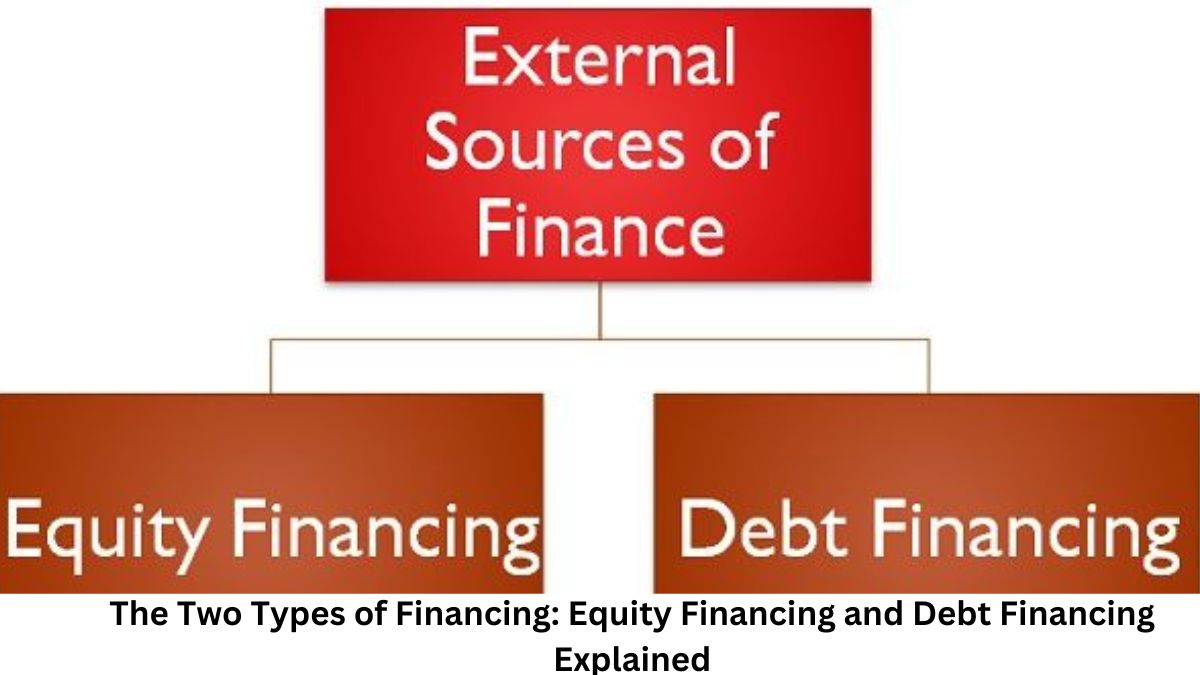In business, financing refers to the securing of funds for use in operations, acquisitions, or investments. Banks and other financial institutions help businesses, consumers, and investors reach their objectives by extending credit to them. Financing is essential in any economic system because it enables businesses to acquire goods and services that would otherwise be out of reach.
To put it another way, financing is a way to use the time value of money (TVM) to use expected future money flows for projects that are started today. A market for money is created when people with extra cash want to invest it for a return, and people who need money to make investments also hope to make a profit.
Financing refers to the obtaining of financial backing for the purposes of commerce, consumption, or investment. Banks and other financial institutions help businesses, consumers, and investors reach their objectives by providing them with the necessary capital. Financing is essential in any economic system because it enables businesses to acquire goods and services that would otherwise be out of reach.

Types of Financing
Equity Financing
The term “equity” can also refer to shares of ownership in a corporation. The owner of a grocery store chain, for instance, must expand the business. The company’s owner would prefer not to take on any additional debt and instead sell 10% of the company for $100,000. Companies prefer selling equity because the investor takes on all of the risks, receiving nothing if the business fails.
However, sacrificing equity means handing over some managerial authority. Investors in the company’s equity want a voice in the company’s management, especially during times of difficulty, and are often given voting rights proportional to the number of shares they own. Thus, an investor contributes capital to a business in exchange for equity and a stake in the company’s future profits. Some shareholders are satisfied with growth that is reflected in a rising share price. The principle of other investors is secondary to their desire for consistent dividend payments.
Debt Financing
Most people are familiar with debt as a financing option due to their experience with consumer loans like auto loans and mortgages. To a lesser extent, debt is also frequently used by startups as a source of capital. There is an interest rate that must be paid to the lender in exchange for the use of their money when taking out debt financing.
The different types of financing that use COJs: https://t.co/f5s83TPqDe #Merchant #Business #SmallBusiness #Fintech pic.twitter.com/4BRgn5iR4x
— GUD Capital (@GUDCapital) October 20, 2022
Collateral is necessary when borrowing money from some lenders. Let’s say the grocer’s owner also needs a new truck and decides to take out a $40,000 loan to buy one. The grocery store owner can use the truck as collateral if they agree to a five-year loan with an interest rate of 8%.
If you only need a small amount of money for a specific asset, and if that asset can be used as collateral, then you may be able to get a loan with ease. Debt repayment is necessary despite the company’s financial situation, but ownership and operational control are maintained.
I hope you found the information presented above to be of use. You can also look through our news section, where we normally cover all of the most recent news and happenings around the world. Visit our website if you’d like to learn more about this topic.